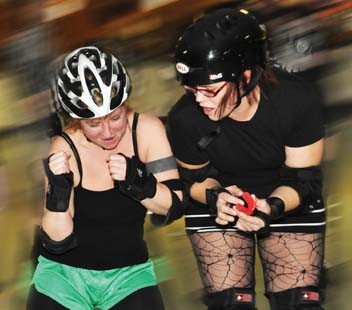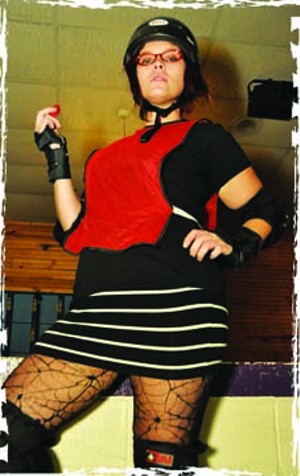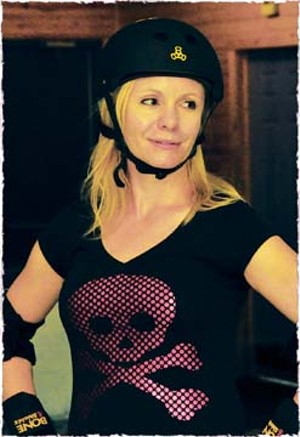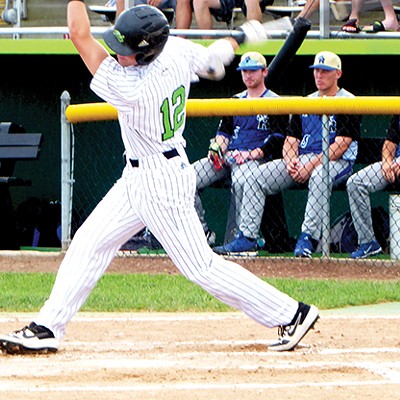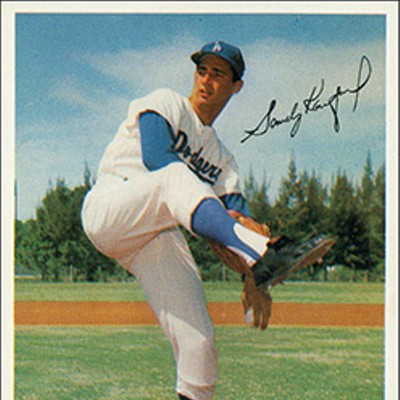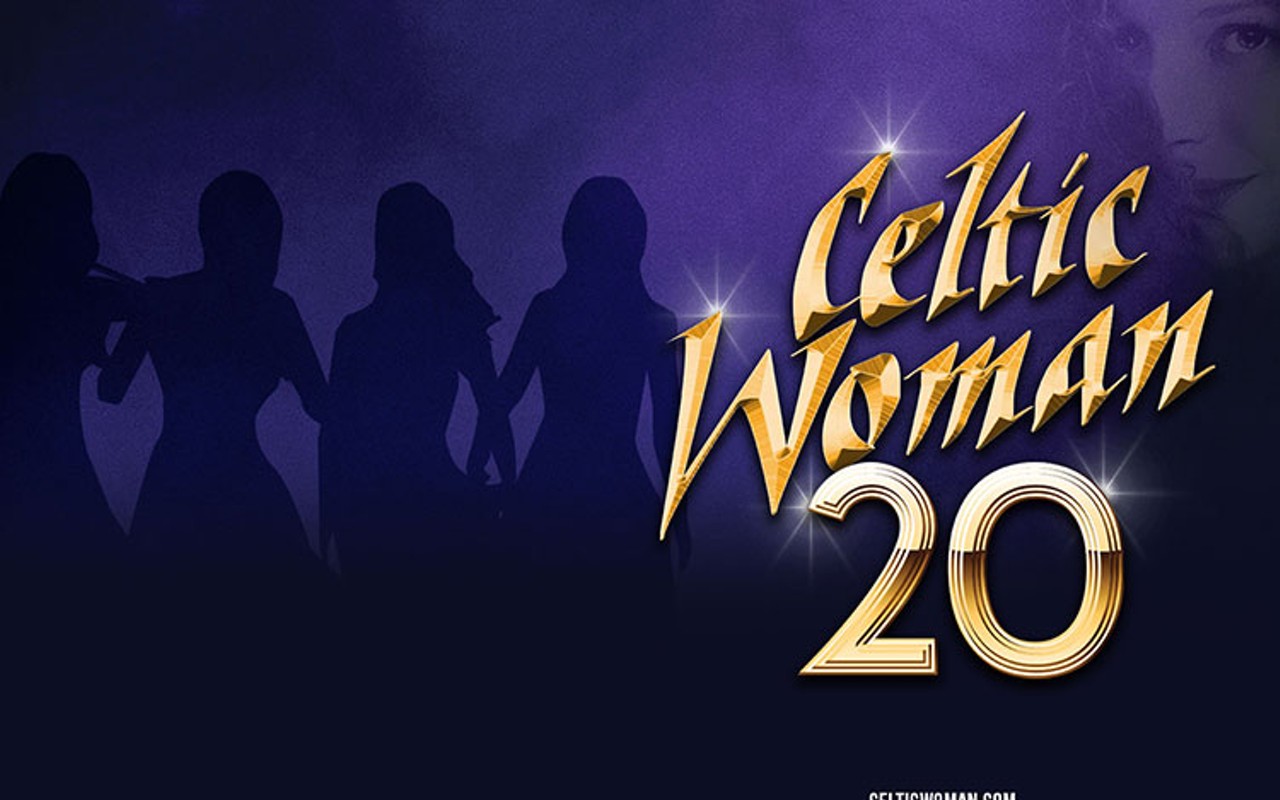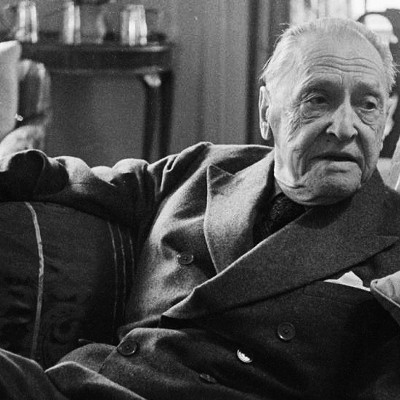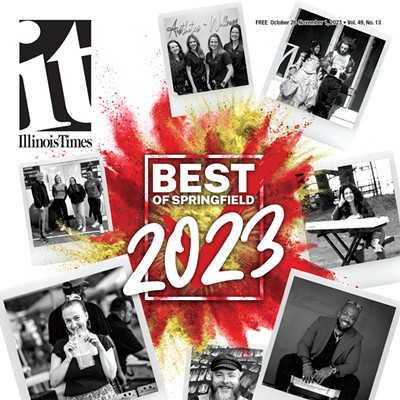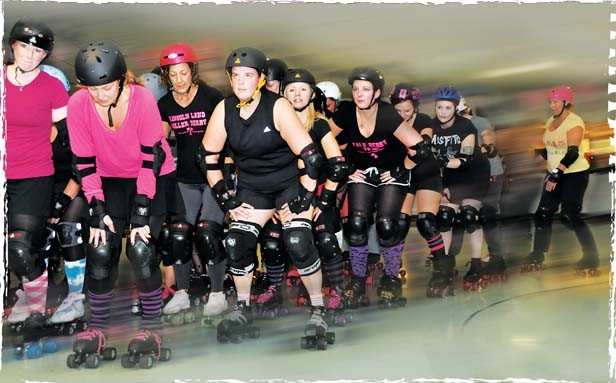
“The night that I fell in love with a Roller Derby Queen, Round and round, oh round and round, The meanest hunk of woman that anybody ever seen, Down in the arena …,”
– Jim Croce, “Roller Derby Queen”
Used to be, saying somebody hit like a girl was an insult. Not anymore.
Don’t believe it? Then come out to Springfield’s Skateland South any Sunday evening.
There you will find dozens of female skaters suiting up for a roller derby bout. These women of all ages, builds and looks wear a colorfully mismatched potpourri of cutoffs and tanks, short shorts and knee-highs, fishnet hose and tattoos. Pads cover elbows and knees, helmets cover heads. Teeth clench plastic mouthguards.
A whistle blows and these individuals merge into a single entity, jostling, jabbing and, yes, hitting – hitting hard – as they whirl around the roller rink.
Another whistle blows and two low-slung skaters – called jammers – with stars on their helmets break into a rolling charge toward the pack, fists gouging the air to grab chunks of speed. The pair hit the pack, quad wheels loudly scraping the floor. Half the skaters, or blockers – hips butting, shoulders shoving – help their team’s jammer aggressively twist and dodge her way through the moving crowd to the front, while trying to prevent the other jammer’s progress.
Nobody says, “Pardon me.”
Suddenly, a woman crashes to the hard floor in a tangle of air-spinning wheels and flailing limbs. She bowls over another skater who does the same tumbling routine. Yet another skater immediately pulls up and lends the pair a helping hand. Whistles blow. The pack discharges energy, eases back on the throttle and dissolves.
The organizer and coach of the recently formed Lincoln Land Roller Derby League of not-so-gentle women, Darrel Moore, skates into the midst of the chattering, laughing women, offering a quick analysis of the things that went wrong, and pointers about how to correct them.
Back on the sidelines, Moore talks derby.
“People call it hitting, but it’s actually blocking. You can’t punch, you can’t kick, you can’t knee, you can’t elbow, you can’t head butt. When you hit in roller derby, you’re blocking with either your hips or your shoulders,” he said.
“Even if you’ve never skated before, you can come here and skate roller derby the first night,” he said. “We’ll teach you.”
Drop-in derby first involves ordinary warm-up skating around the track, stretching exercises and skating skills, such as starting, stopping, going fast, going slow, falling down safely and getting back up. Then come basic roller derby techniques: blocks, jams, scoring, rules and violations.
“Next, we actually walk slowly through a game of roller derby, so everyone can see how it works. We don’t do any hitting at this point, to show everybody the mechanics of it. Then the last part of the night, we actually play roller derby with some bumping and minor blocking.” Moore pauses, chuckles. “Some girls get a little more zealous than the others. But you can go as far as you want or stop at any point, if you think it might become too rough. Safety first.”
Skater Heather Easley agreed with her coach. “Any time you put on those skates you can get hurt. Then you add knockin’ one another around, going through people, skating really close. We wear protective gear ... I am a big enforcer of that. The more I have on the better. But you get your body in shape, develop the form you need to use. Off the court you have to get in shape, eat the right things, cross train, get involved in gyms.”
After all, roller derby is a contact sport. “I have always been that roughish, tomboy type, jumping out of trees as a kid, playing like one of the guys. That was always me,” Easley said. “As a derby family, we leave it on the court. I can’t wait to bout my best friend. I can’t wait to take her out. But you’re still good friends. It’s not a hate thing. It’s a game. We get competitive, you want to win, but outside the court we want to help each other get better. In practice you’re all best friends, but you have to get over that, ‘Oops, I just hit somebody. Are you OK?’ thing and just move on.”
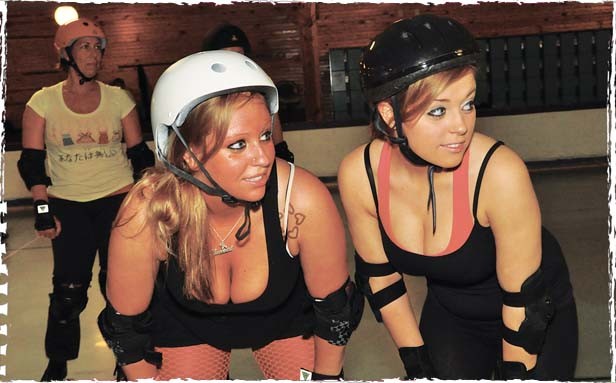
Springfield roller derby has its roots in America’s long fascination with competitive roller skating. As early as the mid-1880s, there were organized, multiple-day endurance roller races offering cash prizes. Into the 20th century, spectators thronged to watch speed and endurance races on flat and banked tracks.
During the Great Depression, the team game of roller derby gradually evolved, with more and more physical contact allowed between the skaters. Roller derby eventually grew to become a caricature of itself, on television and in live spectacles, much like professional wrestling was and still is: over-the- top theatrics, fake personalities and staged physical battles.
That’s all changed.
Today’s roller derby was reborn in 2001, in Austin, Texas, with female competitors bringing legitimacy back to the sport. Its emergence was portrayed in the 2009 film, Whip It.
“Bank track roller derby was an entertainment venture, controlled by an elite few business individuals on both coasts, who took advantage of the players,” said Moore. “They owned the teams, they owned the venue, they owned the concessions. Now, with the Women’s Flat Track Derby Association, they mandate that a team must be majority-owned by women and a two-thirds majority run by women, so they can’t be taken advantage of.”
In its infancy, LLRDL is beginning the process of applying to the WFTDA apprenticeship program. “You don’t just join,” Moore said. New teams must have a mentor team to help them learn the ropes of the WFTDA. “It is quite a process.”
Moore said the league boasts 70 skaters. Thirty-six of them are skilled enough to earn team member status. As more women improve, more teams will form, allowing for an all-star traveling team. There is a private intramural bout for friends and family set for Dec. 4, with six to 12 charity bouts for 2012 in the planning stages, including several out-of-town bouts. The league practices on Sunday and Thursday in Springfield, and travels to Decatur to practice with that city’s league on Wednesdays.
“The team members have all reached a level where they are proficient enough to actually participate in a bout, which includes the WFTDA basic skills profile. Confidence-wise they are way ahead of the curve,” said Moore.
“Decatur just split into two teams, and Champaign has teams. Chicago has multiple teams, St. Louis, Fort Wayne, Indianapolis, Rockford, Kansas City, Mo., and Kansas City, Kan. Even Berlin, Germany, has a team. Roller derby’s blowin’ up all over, going worldwide.”
The game itself is relatively simple. Bouts are divided into two 30-minute periods, which are further divided into two-minute jams. A whistle blows to start a jam, and two teams of four blockers each start skating counterclockwise together around a track. When the last blocker crosses the pivot line, another whistle blows and the jammers skate, trying to work their way through the pack from behind. The blockers of each team try to help their jammer while attempting to hinder their opponent’s jammer. Points are scored after jammers work their way through the pack and then lap opponents.
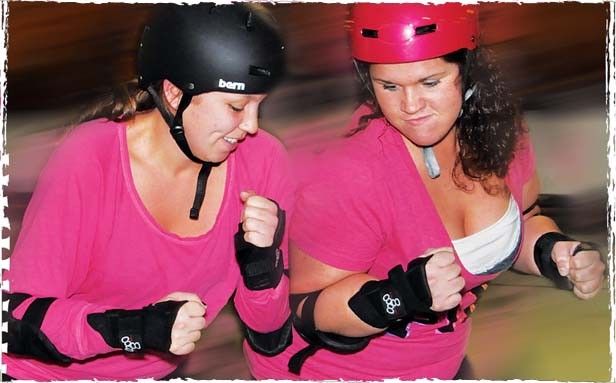
Although rid of its scripted theatrics, roller derby retained some of the faux drama with skaters wearing exotic and playful outfits and taking on “derby names.”
“I’m Foxy Bruiser,” said 21-year-old hair stylist and full-time mom Jade Deanne Ebert. “I put a lot of thought into my name; it took me a couple of weeks. I liked Rocky Bruiser, then Punky Bruiser, then it finally came to me. Foxy, because I’m a blonde, and Bruiser, ’cause we get out there and play hard.”
“It’s like creating an alternative personality,” observed Easley, 30, an H&R Block office manager. “You don’t want to be just who you are day to day. You’re like, ‘I want to be somebody cool.’ You try to be creative, come up with something from your life. So I am Pi Tality. I liked Faye Tality, but that just wasn’t me. So I thought, I do taxes, I am into math … OK, pi, Pi Tality.”
Easley said there is even an international online roster of derby names. “It’s disrespectful to have the same name as somebody else. It’s kind of a derby code,” she said.
Hang around roller derby long enough and you will hear the term “empowerment” bantered about.
“Roller derby is very empowering,” said Moore. “It allows women to work together, not only individually on their own skating style, but as a team. The things they go through together in developing strategies, it fosters sisterhood.”
An expert on women’s empowerment agrees.
“Physical, competitive sports are one avenue – though not the only avenue – for women’s empowerment, because there’s no question that participation in these kinds of sports has tremendous, positive impact on self-esteem,” said Naarah Patton, the gender violence prevention educator at the UIS Women’s Center in Springfield and a former roller derby skater.
“I first noticed when in graduate school and skating with the Southern Illinois Roller Girls, women in roller derby become more empowered and self-confident the longer they skate,” she said. “In the initial practice sessions, I noted a lot of women talking about body image. For instance, I overheard someone saying that her thighs looked ‘too fat’ when she wore hot pants. As time went on, though, all the skaters stopped worrying about how their bodies looked, and started being really proud of what they realized their bodies could do.
Patton said roller derby helps women turn a perceived negative into a positive. “One of the great things about roller derby is that no matter what your body type is, there is a position that will make your body type an asset. A woman who was self-conscious on the first day about being too skinny realized a few months later that she made a kick-ass jammer because she could zip through blockers so easily. A woman who complained about her hips being too big loved her body more when those hips made her a formidable blocker.”
Easley confirmed Patton’s observation. “You hear new girls who are so quiet and timid say, ‘I have never been one to stand up for myself’ or ‘I never felt like I was worth anything.’ And after they are skating awhile, they say, ‘I really did take that hit, I took that person out, or accomplished that skill. I’m really cool. I can do more. I can do better. I can get in shape. I really can do this. I am a stronger person.’ And it carries over to their personal life. ‘I am not going to let anybody push me around anymore. I am gonna say what I think.’ It just happens.”
Ebert: “I feel like I am a tough girl but I don’t look like a tough girl. A lot of those girls out there don’t look tough, but they are tough. You can tell. I think you learn to be tough as you learn to play. I don’t think you have to be a super bad ass to play roller derby. A lot of us went out there as newbies and had no idea what we were doing. It just comes naturally.”
So what’s it like to be on the track, deep in the pack or trying to get through it?
“It’s crazy,” said Ebert. “When I get out there and the whistle blows, say I’m a blocker, the only thing I am thinking about is blocking that jammer. Getting in front of her, and not letting her get around me. And not just for my teammates,” she says, pausing, her voice taking on an edge, “but for me, getting in front of her and staying there. If I’m the jammer, I just dip, duck and dive and get through as quick as I can. Really, your adrenaline doesn’t let you do much thinking. You’re in the game.”
When asked where she sees roller derby going for her, Ebert responds, “Honestly? I wanna be on national TV in two or three years. I want to play nationally, where everybody can see it on TV. It will be two years of hard work, but I am ready.”
Ebert’s goal speaks to why Patton sees modern roller derby as part of something larger than itself.
“The resurgence of roller derby shows that women are seeking greater freedom of self-expression and greater opportunities to explore their full potential,” she said. “Most women have heard – at least once while growing up – that girls can’t or shouldn’t do things that roller derby girls do. Derby girls compete, they push and shove, they get back up when they’re knocked down – and they have a great time doing it.
“Beginning usually in early adolescence, girls and women encounter enormous pressure to change their bodies and selves to conform to an ideal image; in roller derby, you find a radical departure from that kind of pressure, as skaters are encouraged to develop styles and appearances that reflect their unique personalities.
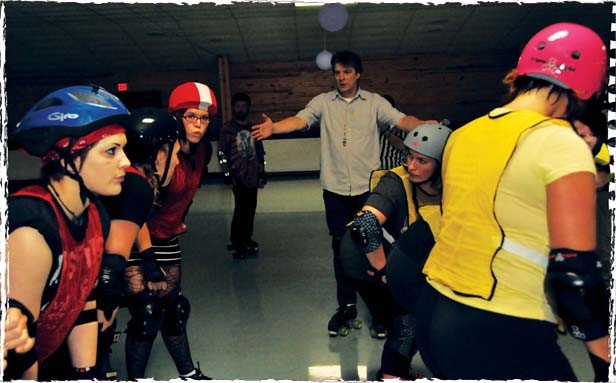
“So basically, roller derby gives participants a space to test their physical endurance and a stage to express their personalities. It is a fun sport that celebrates the diversity of women and encourages participants to be themselves at the same time that it allows them to develop and test their athleticism.”
When asked if women are as competitive as men, Patton does not hesitate. “Hell, yes … and any roller derby queen worthy of the title has gotten at least one gnarly bruise that proves it.”
Easley said she is not the only person in her family who gets something out of her roller derby participation. “My daughter is 5. At first, I didn’t tell her much about what I was doing, because I was not sure how much of it she would get. But a lot of roller derby talk happens around the house, and she has gone to practice with me. My husband will say, ‘Well, Mom is a roller derby queen.’ And she will say, ‘I want to be a roller derby queen!’ I want to teach my daughter that she can do anything she wants in her life. If she puts enough hard work into it, dedicates herself, she can do whatever she wants.”
Rick Wade is a freelance writer living in Jacksonville.
The Lincoln Land Roller Derby League practices at 7:30 p.m. Sundays at Skateland South, 1500 Recreation Drive. There is no cost to join but admission to Skateland is $5. Skates are available to rent. Find out more on the league’s Facebook page.

